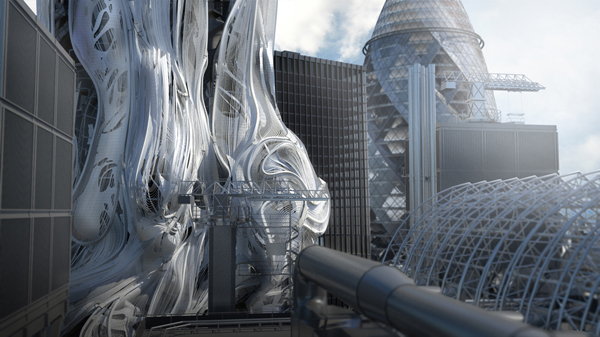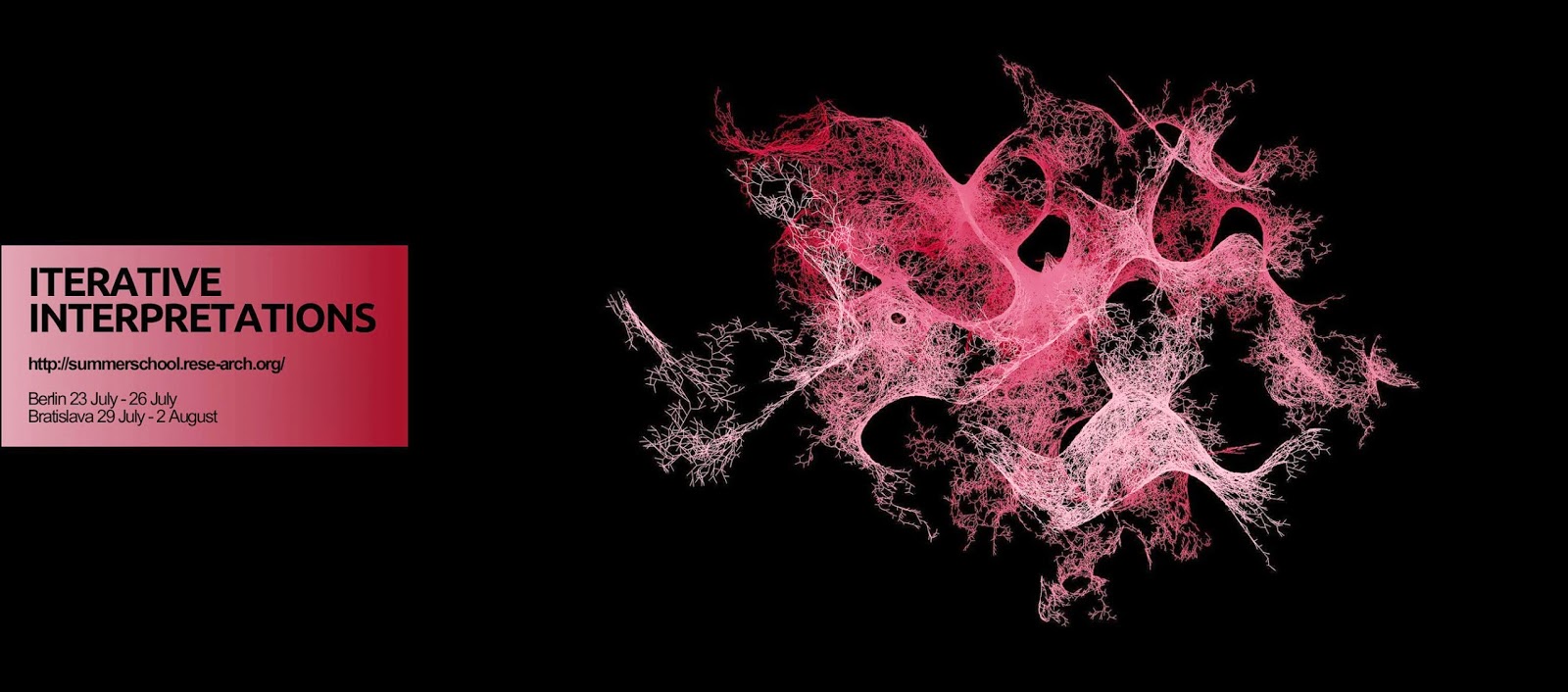DYNAMIC MUTATIONS V3.0
DESCRIPTION
Dynamic Mutations V3.0 is an international workshop of Advanced Design. The workshop will run using AutoDesk MAYA, Pixologic ZBRUSH, McNeel GRASSHOPPER 3D, and Epic Games UNREAL ENGINE 4. As we approach the era of virtual reality with tools such as the oculus rift and unreal engine 4, we decided to explore an aspect of beautiful virtual worlds that is often seen as a flaw. The glitch, which can be considered as the mutation and anomaly of the virtual world, will be the primary driving design language of this workshop. A glitch duplicates, distorts, replicates, and stretches virtual space into unexpected results. Dynamic Mutations V3.0 will explore the complex, unique and often unpredictable results a glitch can create. Participants will find interesting existing details of the built environment of Sofia, Bulgaria around the site and building of the Temple Sveti Nikolay. These details will then be mutated and replicated among the Temple Sveti Nikolay’s neighboring greenspace to create a new architecture which represents a glitched mutation of Sofia. In this way, we will materialize one of the major aspects that separates the virtual world from the physical realm, bringing virtual to reality.
DETAILS
The Dynamic Mutations V3.0 workshop, which builds on the included intensive course Intro to Grasshopper, Maya, and Zbrush V1.0, will explore a range of modeling techniques in a streamline process across three major software platforms, Grasshopper, Maya, and Zbrush. The general workflow will involve modeling actual found objects, mutating these objects, replicating the objects within a site, and unifying the replications into a correlated unique architectural piece. Through the three programs participants will learn essential manual and parametric modeling techniques such as polygon modeling, blending, deformation, replication, morphing, mapping, texturing, patterning, coloring etc. which will build up highly complex models very rapidly. Keyshot will be used to produce visualizations of the final architecture for presentation purposes. On the last day after final presentations there will be an included intensive course Getting Real with Unreal V1.0 which will teach participants how to insert their designs into the Unreal Engine environment for rendering, animations, and walk-throughs. Both intensive courses Intro to Grasshopper, Maya, and Zbrush V1.0 and Getting Real with Unreal V1.0 are included in Dynamic Mutations V3.0 but can be taken separately if desired.
WHAT YOU WILL LEARN
- Introduction in Maya, Zbrush, Grasshopper, and Unreal Engine 4
- Advanced modeling skills across all listed software’s
- Mesh sub division polygon modeling
- Mesh sculpting, manipulation, and deformation
- Mesh surface texturing and patterning
- Creating complex parametric duplication and array systems
- Iterative loop based geometry networks
- Visualization and rendering techniques with Keyshot
- Unreal Engine set up and rendering
REQUIRED SOFTWARE
Each Participant should provide their own computer with the following software installed. If you do not have a software, trial versions can be found on each software company’s website. We will send participants links to the required software, trials, and plug-ins for download. Please have the software installed prior to workshop start. If you have issues installing software, we may be able to help you during the workshop.
- Autodesk Maya
- Pixologic ZBrush
- McNeel Rhinoceros 3D
- McNeel Grasshopper 3D (Plug-ins: Anemone, Weaverbird, Mesh+, Mesh Edit, Mesh Tools)
- Epic Games Unreal Engine 4
- Keyshot
- Adobe Suite
LOGISTICS
Dynamic Mutations V3.0 will expand from 23 to 31 July, 2016.
Dynamic Mutations V3.0 will include two intensive courses:
Daily meetings will take place from 9:30 to 18:00 at Union of Architects, 11 Krakra Str, Sofia, Bulgaria.
Participants will first work individually and then be combined into groups.
There will be a final presentation of your groups work containing renderings and diagrams on July 30, 2016.
All projects will be published and an exhibition will be organized at the end of the workshop.
All participants who complete the workshop will receive a certificate of completion.
For attending the workshop and intensive courses there is no previous software experience required.
Participants need to bring their own laptops or workstations.
Drinks and lunch snacks are provided.
Please note that places are very limited on a first pay first serve basis!
































